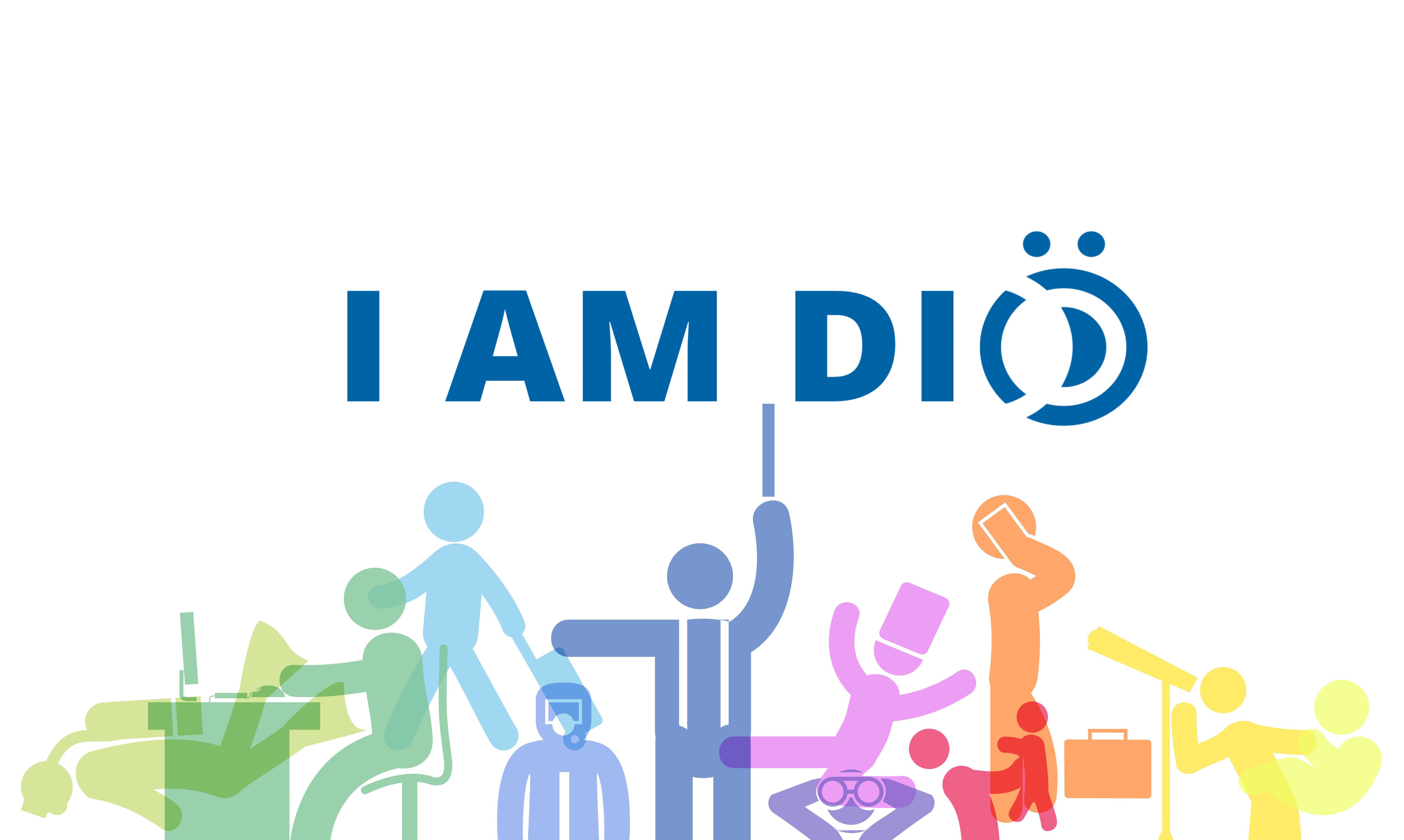
German in Austria (IamDiÖ)
Project description
When it comes to language, everyone can have a say!
"IamDiÖ – German in Austria" invites you to explore the diversity, change and use of all possible forms of German in Austria, from dialect and standard language to youth language and jargon.
By including the knowledge, opinions, experiences and concerns of the citizens in the research process, socially relevant topics are addressed and discussed publicly.
The aim of the Citizen Science project "IamDiÖ – German in Austria" is to encourage everyone to engage with their (own) use and perception of the German language in Austria and to conduct research in this field. In this way, exchange between the interested public and academia is facilitated and academia becomes tangible through citizen science. Academia, in turn, can gain new insights and approaches through public participation.
There are many ways to contribute to the projekct, addressing different aspects of the German language in Austria.
The questions in the project are:
- Which words are used in Austria?
- Which topics are of interest to the Austrian population when it comes to German in Austria?
- How can citizens use their knowledge, concerns and experience to contribute to research into the German language in Austria?
How can one participate?
There are various ways to take part in "IamDiÖ – German in Austria".
1. Collecting words
Speakers of the German language in Austria collaboratively create a digital dictionary by entering words they use or hear on the “Wortgut” website. This allows to collect a large number of words used in Austria – some of which may have never been written down before. All forms (varieties) of the German language in Austria can be entered in the dictionary, ranging from standard language and dialect to youth language and jargon. If you use this word in Austria, it is a perfect contribution to our collection.
2. Question of the month
You can submit questions about the topic of "German in Austria" (Question of the month). The question of the month provides an insight into socially relevant topics on the German language in Austria. If there is already an academically sound answer to this question, scholars from "German in Austria" will provide an answer. If there is not an answer yet, you can search for an answer yourselfand start your own research project. In this way, citizens themselves become researchers in the field of linguistics. The website of the project provides information, instructions, methods and tips on the research process so that participants can find an answer to their questions.
Once a month, two of the questions submitted or researched are selected and participants can vote on the Facebook project page to decide which of the two questions should be answered this month. The question with the most votes will be answered either by you or our scholars on the project website.
3. Search for written text in the public space
Everyone can search for writing in public space. Among the research objects are posters, signs, stickers on the street, in the park or in public buildings, which contain written text in a language or in a language variety (e. g. dialect). Participants can take photos of these posters or signs (with the Lingscape App) and provide additional information (e. g. geoinformation or which languages can be seen). These photos are used, among others, to analyse the variety and dynamics of written text in the public sphere. They can be viewed and analysed by users on a map in the app or on the Lingscape website.
The photos of written text in public space can easily be taken on the way to work or school.
However, there are also organised scavenger hunts to collect and analyse images as a group (current scavenger hunt dates).
4. Meme Competition
In the meme competition, dialect memes can be created in a meme generator. The aim is to investigate the creation and distribution of memes in online media in connection with language use from a communication science perspective. Participants can add language, e. g. dialect, to pictures.
What happens to the contributions?
The words collected in the digital dictionary “Wortgut” can be accessed by the public. They are used as basis for answering research questions in different fields, such as: Which words are used in certain regions? How to write dialect? Which expressions are part of youth language or jargon?
The Questions of the Month and all results are presented on various channels such as the website and social media as well as on the research platform "German in Austria. Variation – Contact - Perception".
The pictures of the scavenger hunt for written text in public spaces will be stored and archived by the project partner Lingscape.
The memes are used for academic analyses in the field of communication.
What do I gain if I join in?
Participants gain an insight into linguistic research and can (ideally) carry out research themselves with the help of academics. They are encouraged to reflect on their use of language and their own perception of it. Awareness of language use and its perception is created.
Supported by:

Wissenschaftsfonds (Austrian Science Fund: FWF TCS 40 and FWF TCS 57-G)
This project fulfilled version 1.1 of the quality criteria for citizen science projects on Österreich forscht.
- language

